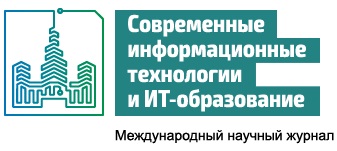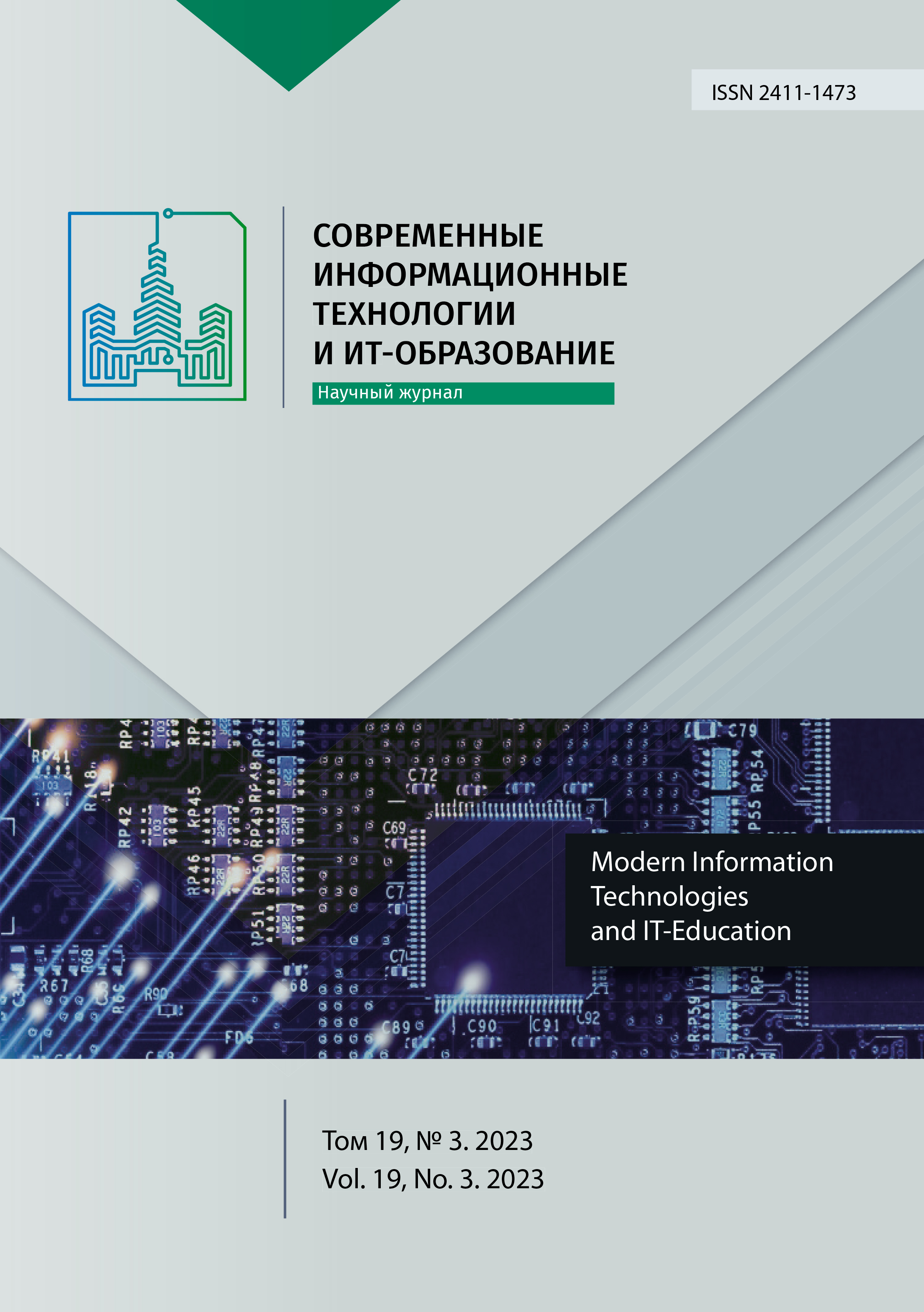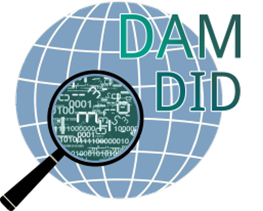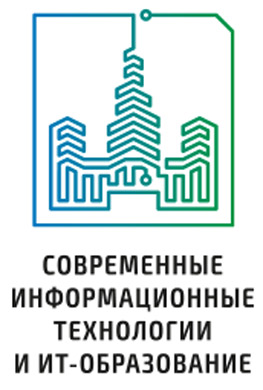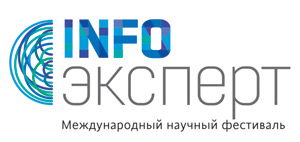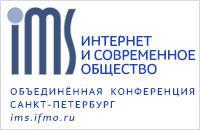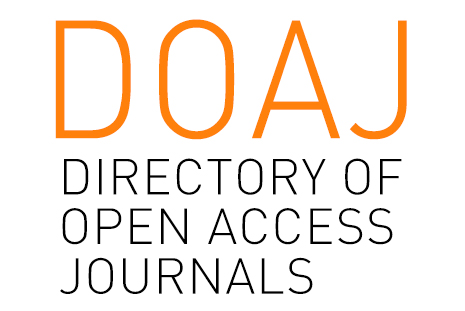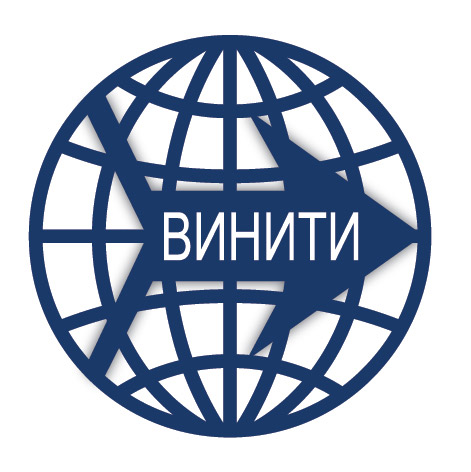Электронный образовательный ресурс как источник и средство развития цифрового образования
Аннотация
В статье рассматривается цифровизация как одна из главных и заметных явлений общества и ее влияние и на содержание, и на форму, и на средства обучения. Делается заключение, что учебная информация и знания получают цифровое выражение в электронно-образовательном ресурсе (ЭОР), который одновременно является и формой, и средством, и содержанием образования. Такая последовательность состояний, выражений и представлений учебно-образовательной информации в электронно-цифровой сфере требует определённого анализа и осмысления в аспекте её значимости, качественного и количественного влияния на образование и результаты обучения, личностное развитие и саморазвитие. Основная информация ЭОР является отражением целей образования и конкретного предметно-образовательного обучения в соответствии с его назначением и составляет их содержание (образования и предметного обучения). Более того назначением учебной информации и ЭОР является формирование и развитие соответствующих предметных, межпредметных и образовательных компетентностей, что является условием создания и последующего функционирования ЭОР в качестве стандартного учебно-образовательного средства, соответствующего требованиям Федерального государственного образовательного стандарта (ФГОС).
Делается вывод о том, что в основе электронного обучения лежит цифровое представление информации и информационные технологии. Цифровые методы представления и отображения информации обладают достаточными возможностями для этого. Однако здесь необходима определённая дифференциация с учётом конкретной аудитории, то есть учебная информация должна удовлетворять соответствующим требованиям: быть точной и достоверной; доступной обучающимся с учётом их возрастных категорий и психологических особенностей; быть красочно оформленной с выделением цветом текстов различной важности и структурированным отображением на источник её восприятия; иметь возможность графического представления; иметь звуковое и/или музыкальное сопровождение; обладать средствами гипер-навигации и интерактивным меню.
Отмечается, что электронное обучение требует создания и использования в учебно-познавательной деятельности электронного образовательного ресурса через взаимодействия с информационно-образовательной средой. В современном обучении становится менее эффективным «монолог» учителя (преподавателя) с обучающимися. Субъект образования должен учиться осуществлять свою учебно-познавательную деятельность в соответствующей ИОС и в его взаимоотношениях со средой не могут и не должны быть антагонистических противоречий.
Литература
2. Zakrevskaya N.G., Filippov S.S. Development of the University Electronic Information Environment. Vysshee obrazovanie v Rossii = Higher Education in Russia. 2016;(11):153-157. (In Russ., abstract in Eng.) EDN: XABRQH
3. Shutikova M., Beshenkov S. Modern Digital Educational Environment and Media Education Platforms for Transforming Education System. Media Education. 2020;60(4):736-744. EDN: SAFFPU
4. Abdurazakov M.M., Gadjiev D., Volkova S., Lyaginov O. The Concept Of Electronic Learning With The Application Of Digital Technologies. CEUR Workshop Proceedings. 2019;2494:1. Available at: https://ceur-ws.org/Vol-2494/paper_1.pdf (accessed 27.07.2023).
5. Larin S.N., Ermakova I.M. Tools for expert assessment of electronic educational resources quality. Economy and Business: Theory and Practice. 2022;(2):109-112. https://doi.org/10.24412/2411-0450-2022-284-109-112
6. Suvorova T.N. Didakticheskie funkcii, vozmozhnosti i svojstva obrazovatel'nyh resursov [Didactic functions, capacities and features of electronic educational resources]. Standarty i monitoring v obrazovanii = Standards and electronic monitoring in education. 2014;2(2):27-35. (In Russ., abstract in Eng.) EDN: SEAFNT
7. Abdurazakov M.M. Vzaimodejstvie sub"ektov obrazovaniya v informacionno-obrazovatel'noj srede: kul'tura znanij, poznaniya i informacionnoj kommunikacii [Teacher-student interaction in information-related educational environment: the culture of knowledge cognition informational communication]. Pedagogika = Pedagogy. 2018;(9):39-46. (In Russ., abstract in Eng.) EDN: YAEXZZ
8. Kamalov F., Calonge D.S., Gurrib I. New Era of Artificial Intelligence in Education: Towards a Sustainable Multifaceted Revolution. Sustainability. 2023;15(16):12451. https://doi.org/10.3390/su151612451
9. Abdurazakov M.M., Korotenkov Yu.G., Muhidinov M.G. Educational space representation in cyberspace. SHS Web of Conferences. 2016;29:01001. http://dx.doi.org/10.1051/shsconf/20162901001
10. Haleem A., Javaid M., Qadri M.A., Suman R. Understanding the role of digital technologies in education: A review. Sustainable Operations and Computers. 2022;3:275-285. https://doi.org/10.1016/j.susoc.2022.05.004
11. Janahi Y.M., AlDhaen E. Hamdan A., Nureldeen W.A. Emerging technologies for digitalized learning in higher education. Development and Learning in Organizations: An International Journal. 2023;37(6):29-31. https://doi.org/10.1108/DLO-09-2022-0183
12. Sharlovych Z., Vilchynska L., Danylyuk S., Huba B., Zadilska H. Digital Technologies as a Means of Improving the Efficiency of Higher Education. International Journal of Information and Education Technology. 2023;13(8):1214-1221. https://doi.org/10.18178/ijiet.2023.13.8.1923
13. Alenezi M. Digital Learning and Digital Institution in Higher Education. Education Sciences. 2023;13(1):88. https://doi.org/10.3390/educsci13010088
14. Zaporozhko V.V., Larina M., Parfenov D.I., Sora D. Development and Research of Algorithms for the Formation the Individual Educational Trajectories of Students in the Digital Educational Platform. CEUR Workshop Proceedings. 2019;2494:258-265. Available at: https://ceur-ws.org/Vol-2494/paper_23.pdf (accessed 27.07.2023).
15. Singh M., James P.S., Paul H., Bolar K. Impact of cognitive-behavioral motivation on student engagement. Heliyon. 2022;8(7):e09843. https://doi.org/10.1016/j.heliyon.2022.e09843
16. Schmid R., Pauli C., Petko D. Examining the use of digital technology in schools with a school-wide approach to personalized learning. Educational technology research and development. 2023;71(2):367-390. https://doi.org/10.1007/s11423-022-10167-z
17. Bygstad B., Øvrelid E., Ludvigsen S., Dæhlen M. From dual digitalization to digital learning space: Exploring the digital transformation of higher education. Computers & Education. 2022;182:104463. https://doi.org/10.1016/j.compedu.2022.104463
18. Mukul E., Büyüközkan G. Digital transformation in education: A systematic review of education 4.0. Technological Forecasting and Social Change. 2023;194:122664. https://doi.org/10.1016/j.techfore.2023.122664
19. Khenner E.K. Vysokorazvitaya informacionno-obrazovatel'naya sreda vuza kak uslovie reformirovaniya obrazovaniya [Highly developed information and educational environment of a university as a condition for reforming education]. Obrazovanie i nauka = Education and Science. 2014;(1):54-73. (In Russ., abstract in Eng.) https://doi.org/10.17853/1994-5639-2014-1-54-72
20. Shipunova O., Pozdeeva E., Evseev V., Romanenko I., Gashkova E. University Educational Environment in the Information Exchange Agents Evaluations. In: Rocha Á., Fajardo-Toro C.H., Rodríguez J.M.R. (eds.) Developments and Advances in Defense and Security. Smart Innovation, Systems and Technologies. Vol. 255. Singapore: Springer; 2021. p. 501-511. https://doi.org/10.1007/978-981-16-4884-7_42
21. Burilkina S.A., Suprun N.G., Tomarov A.V. Interaction of Lecturers and Students in Information and Educational Environments of the University. In: Maximova S.G., Raikin R.I., Chibilev A.A., Silantyeva M.M. (eds.) Advances in Natural, Human-Made, and Coupled Human-Natural Systems Research. Lecture Notes in Networks and Systems. Vol. 234. Cham: Springer; 2023. p. 631-638. https://doi.org/10.1007/978-3-030-75483-9_60
22. Dneprovskaya N.V., Shevtsova I.V. Open Educational Resources in the Development of Digital Learning Environment. Vysshee obrazovanie v Rossii = Higher Education in Russia. 2020;29(12):144-155. (In Russ., abstract in Eng.) https://doi.org/10.31992/0869-3617-2020-29-12-144-155
23. Abdurazakov M., Volkova S., Vasilyeva P., Matveeva E., Tyutyunkova M. Electronic Educational Resources as a Means of Digital Education Development. CEUR Workshop Proceedings. 2020;2861:188-202. Available at: https://ceur-ws.org/Vol-2861/paper_21.pdf (accessed 27.07.2023).
24. Lacka E., Wong T.C. Examining the impact of digital technologies on students higher education outcomes: the case of the virtual learning environment and social media. Studies in Higher Education. 2021;46(8):1621-1634. https://doi.org/10.1111/j.1365-2729.2005.00123.x
25. Shemshack A., Spector J.M. A systematic literature review of personalized learning terms. Smart Learning Environments. 2020;7:33. https://doi.org/10.1186/s40561-020-00140-9

Это произведение доступно по лицензии Creative Commons «Attribution» («Атрибуция») 4.0 Всемирная.
Редакционная политика журнала основывается на традиционных этических принципах российской научной периодики и строится с учетом этических норм работы редакторов и издателей, закрепленных в Кодексе поведения и руководящих принципах наилучшей практики для редактора журнала (Code of Conduct and Best Practice Guidelines for Journal Editors) и Кодексе поведения для издателя журнала (Code of Conduct for Journal Publishers), разработанных Комитетом по публикационной этике - Committee on Publication Ethics (COPE). В процессе издательской деятельности редколлегия журнала руководствуется международными правилами охраны авторского права, нормами действующего законодательства РФ, международными издательскими стандартами и обязательной ссылке на первоисточник.
Журнал позволяет авторам сохранять авторское право без ограничений. Журнал позволяет авторам сохранить права на публикацию без ограничений.
Издательская политика в области авторского права и архивирования определяются «зеленым цветом» в базе данных SHERPA/RoMEO.
Все статьи распространяются на условиях лицензии Creative Commons «Attribution» («Атрибуция») 4.0 Всемирная, которая позволяет другим использовать, распространять, дополнять эту работу с обязательной ссылкой на оригинальную работу и публикацию в этом журналe.
